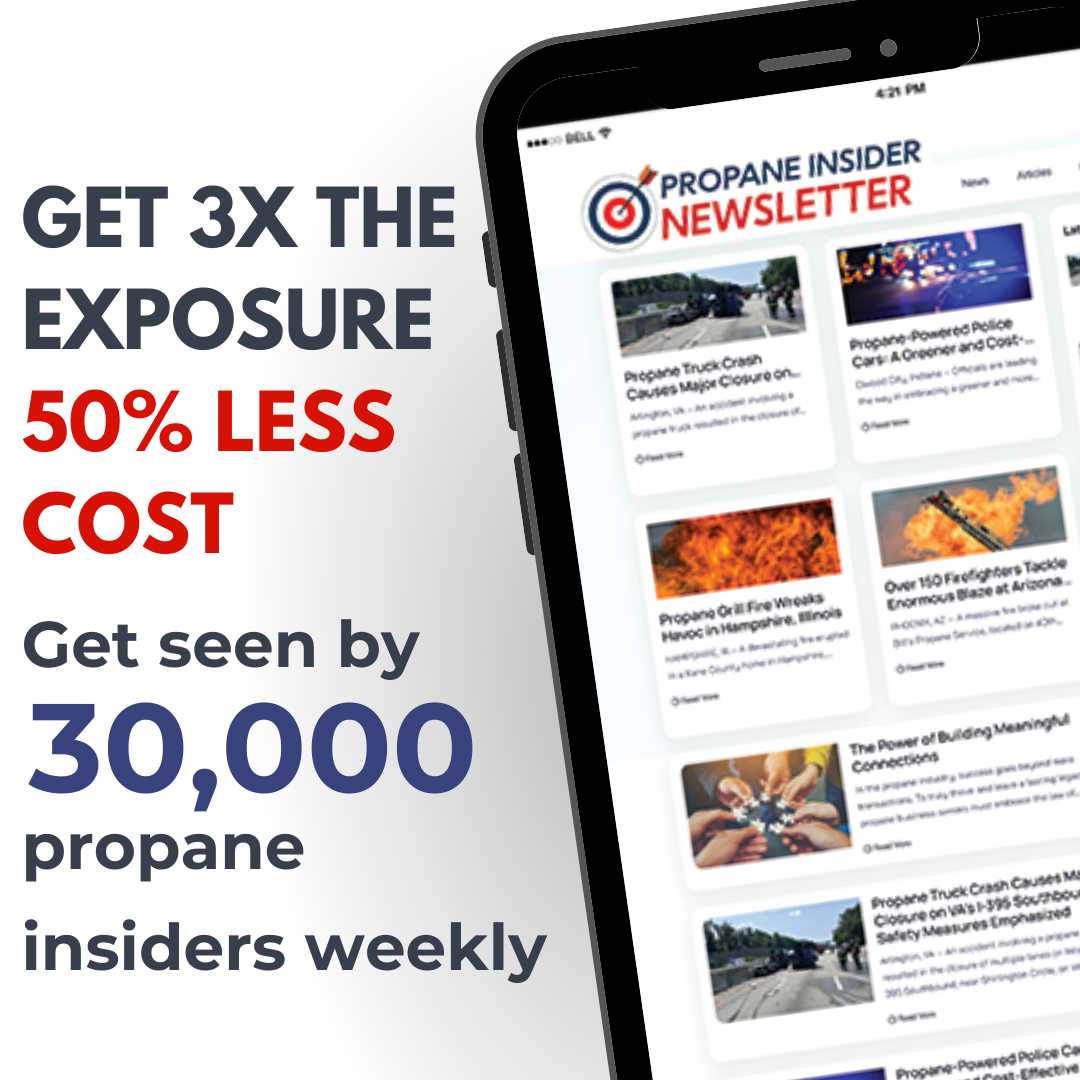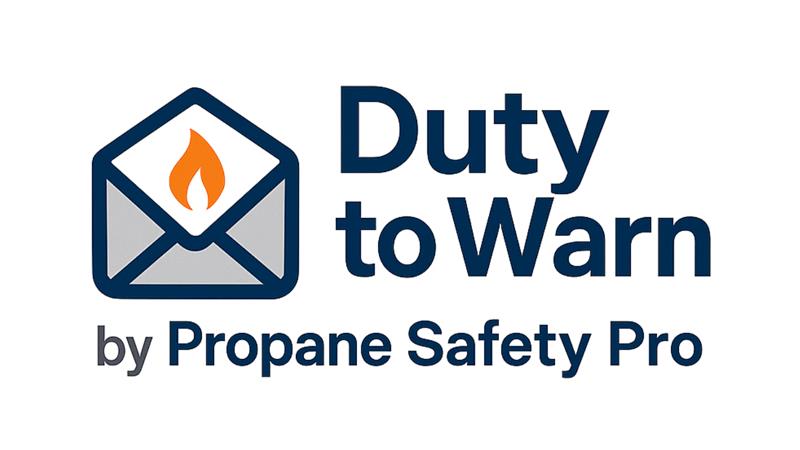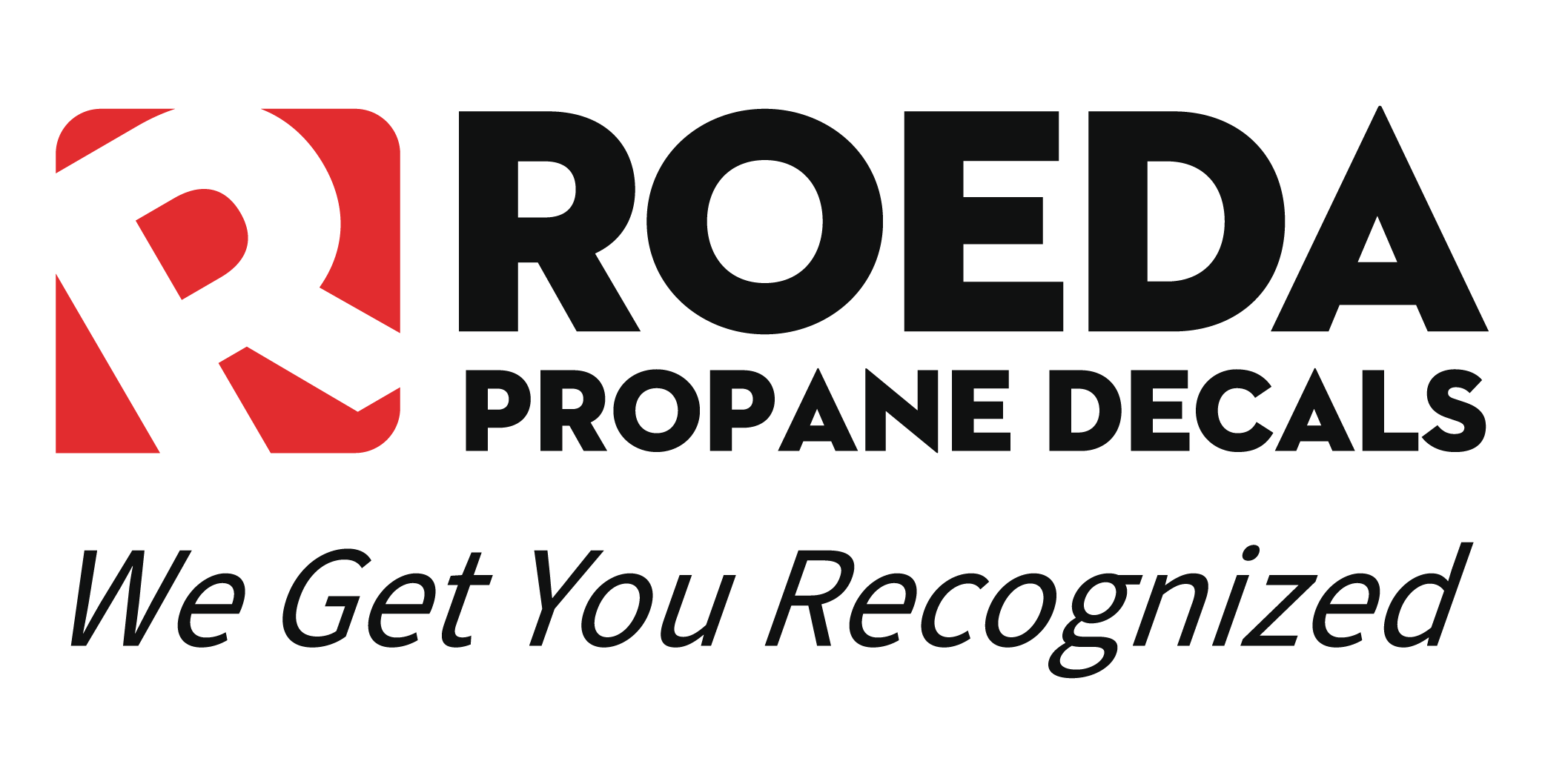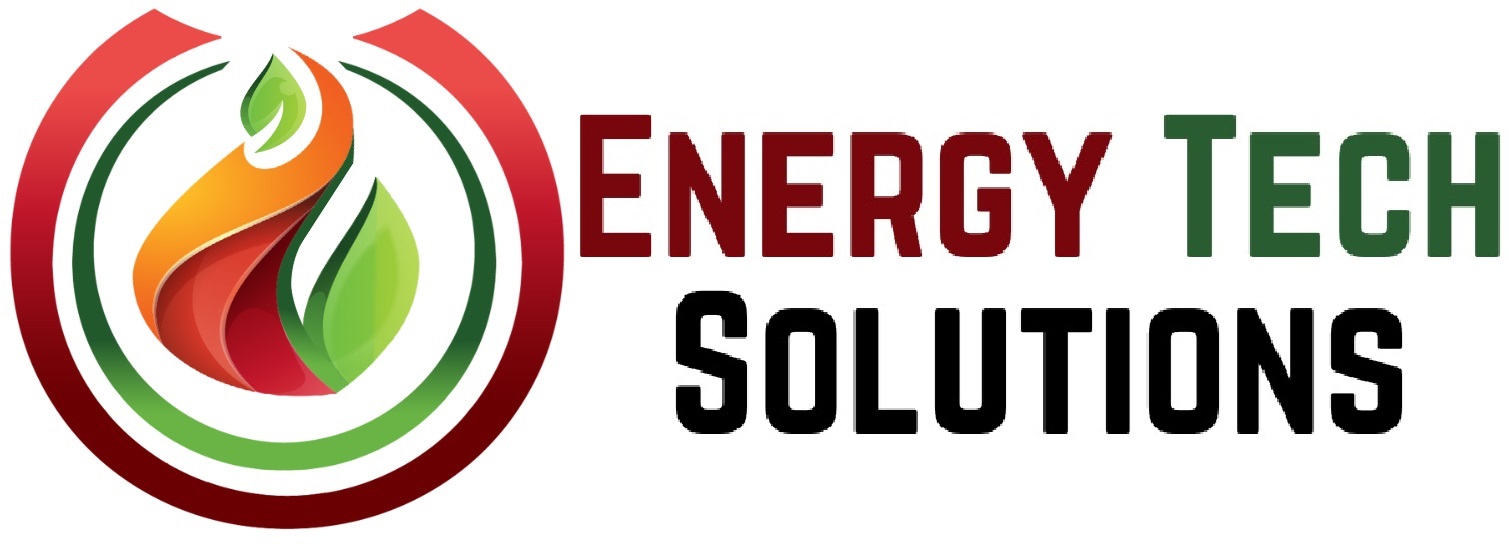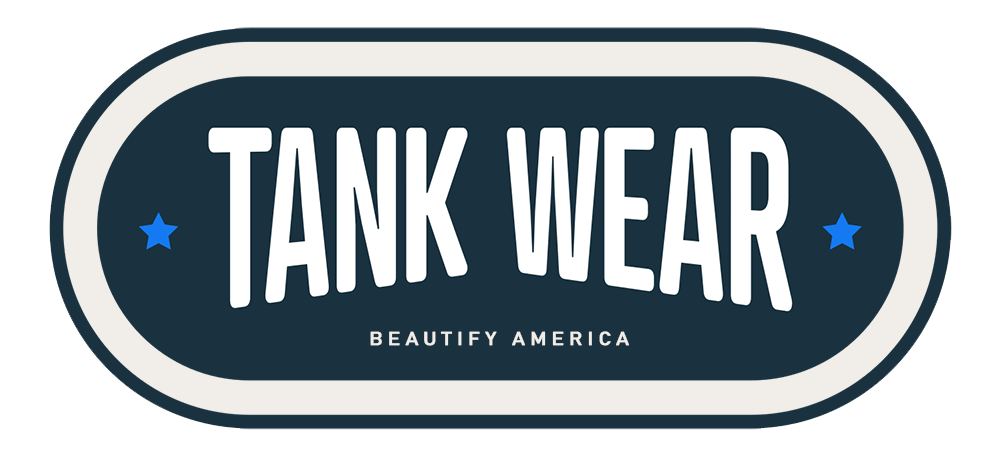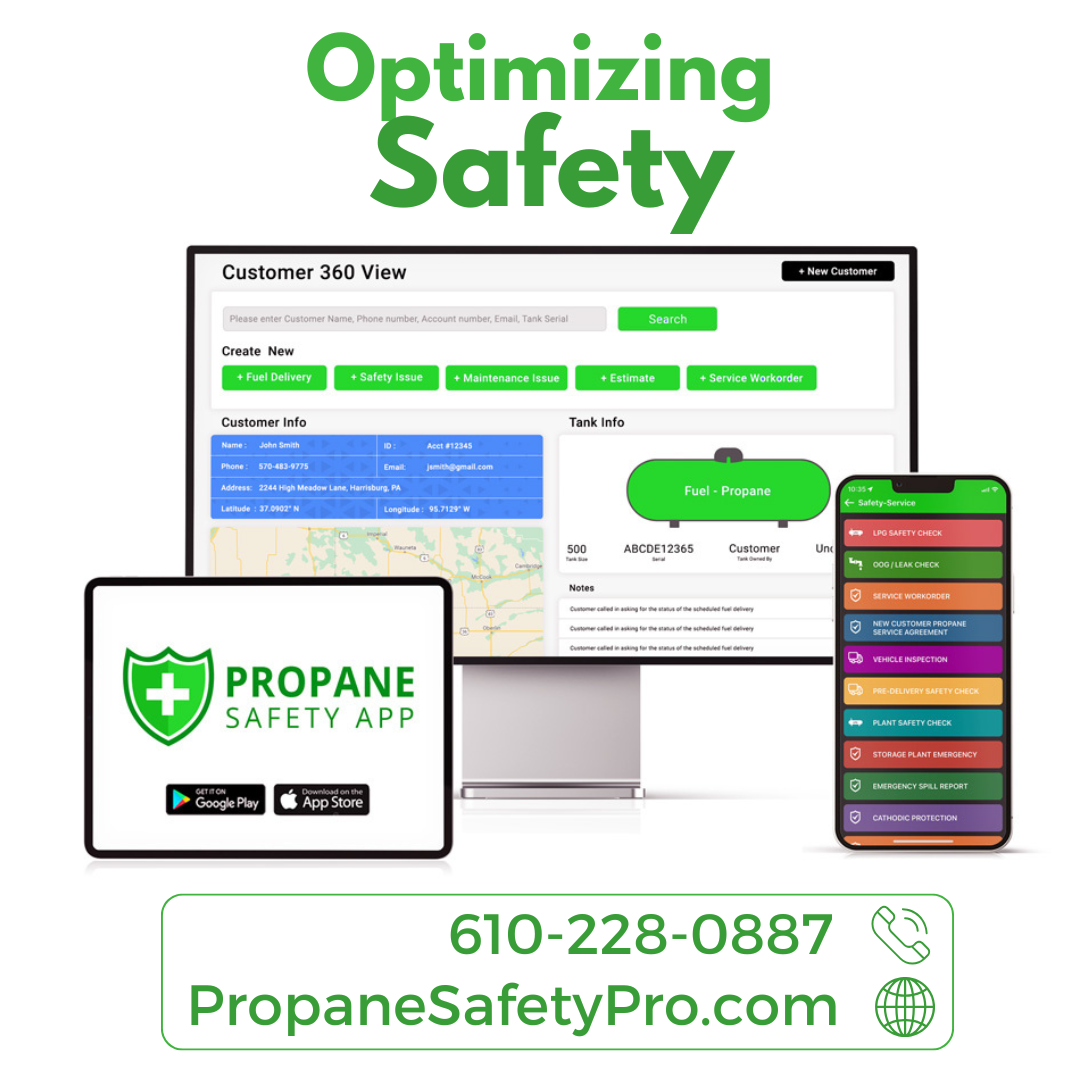Five Strategies for Propane Retailers to Optimize Tank Assets
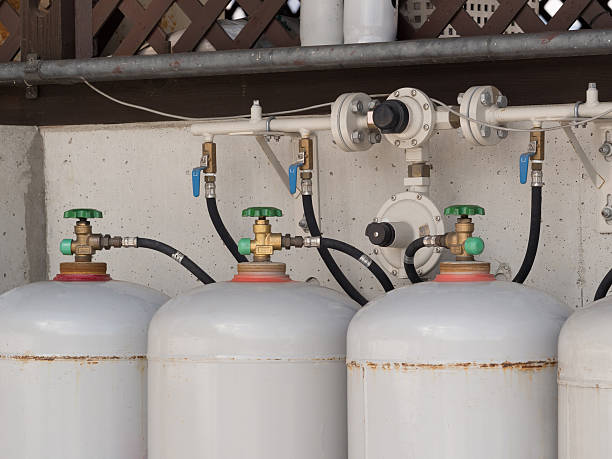
The propane industry has always been a game of logistics, but in 2025, managing tank assets has become more critical than ever. While the tank shortages that plagued marketers in the early 2020s have eased somewhat, new pressures – supply chain disruptions, rising demand for clean energy, and unpredictable weather patterns – continue to test the resilience of propane businesses. For marketers, the key to staying ahead lies in smarter asset management. Here are five updated strategies to maximize tank efficiency, cut costs, and keep customers warm in an ever-evolving energy landscape.
1. Leverage Telematics for Real-Time Tank Monitoring
Gone are the days of guesswork and manual checks. In our modern digital age, telematics has become a game-changer for propane retailers. Advanced tank monitoring systems, equipped with IoT sensors, provide real-time data on propane levels, pressure, and even potential leaks. According to a 2024 report from the Propane Education & Research Council (PERC), companies using telematics reduced unnecessary deliveries by 22% and improved tank turnover rates by 15%. This tech is about efficiency and staying proactive in a market where every gallon counts. Marketers can now prioritize refills based on actual need, not schedules, ensuring that tanks are where they’re needed most.
2. Embrace Flexible Leasing Models
Owning every tank outright might feel good, but it’s not always the smartest option, especially when capital is tight. Flexible leasing options have surged in popularity, with providers like Ferrellgas and Suburban Propane expanding their rental programs. These models allow propane companies to scale their tank fleets up or down based on seasonal demand or unexpected spikes, such as the record-breaking cold snap that hit the Midwest in January 2025. Leasing also offloads maintenance burdens, freeing up resources for customer acquisition or infrastructure upgrades. The trick? Negotiate terms that include rapid deployment clauses to avoid delays during peak seasons.
3. Optimize Delivery Routes with AI
Fuel costs are climbing again, with diesel prices hovering around $4.50 per gallon in early 2025, per the U.S. Energy Information Administration. That makes delivery efficiency non-negotiable. Artificial intelligence (AI) is stepping in to help. Modern route optimization software uses predictive analytics to account for traffic, weather, and customer usage patterns. A case study from Propane Today highlighted a mid-sized marketer in Texas that cut fuel consumption by 18% after adopting AI-driven routing in 2024. Pair this with telematics, and you’ve got a lean operation that keeps tanks full without burning through profits.
4. Build a Tank Recovery Task Force
Lost or underutilized tanks are a silent profit killer. Whether they’re sitting idle at a seasonal customer’s site or misplaced in a sprawling service area, untracked assets tie up capital and exacerbate shortages. Forward-thinking marketers are forming dedicated “tank recovery task forces” – small teams equipped with GPS tracking and customer outreach tools to reclaim and redeploy these assets. One Northeast marketer reported recovering 150 tanks in the first quarter of 2025 alone, enough to service 50 new residential accounts without ordering a single new unit. It’s a low-tech fix with high-impact results: audit your inventory, incentivize staff, and turn dead weight into revenue.
5. Partner with Customers for Demand Forecasting
Customers aren’t just end-users – they’re data goldmines. With propane’s role as a clean energy alternative growing (it’s now powering 14 million U.S. households, up 5% from 2023, per the National Propane Gas Association), understanding usage patterns is critical. Today, savvy marketers are collaborating with customers via apps or surveys to predict demand more accurately. For example, offering small discounts for pre-season usage reports helps anticipate needs before winter hits. This not only reduces last-minute scrambles but also strengthens customer loyalty – a win-win in a competitive market where rivals like electric heat pumps are gaining ground.
The Bigger Picture
These strategies come at a pivotal moment. The propane industry is navigating a post-shortage recovery while facing new hurdles: steel prices for tank manufacturing remain volatile, and global supply chains are still reeling from 2024’s shipping delays out of Asia. Yet, demand is robust – propane exports hit a record 1.8 million barrels per day in December 2024, per the EIA, driven by Europe’s energy crunch. For marketers, optimizing tank assets isn’t just about surviving; it’s about thriving in a market that rewards adaptability.
Enhancing Tank Management with the TankSpotter App
For propane marketers looking to take asset management to the next level, technology such as TankSpotter offers a powerful solution. The TankSpotter App helps propane businesses track, recover, and optimize tank deployment with real-time GPS tracking, inventory auditing, and data-driven insights. By integrating this technology, marketers can reduce lost or idle tanks, improve customer service, and maximize the efficiency of their fleet.
With an intuitive interface and advanced reporting features, TankSpotter simplifies tank management, ensuring propane marketers have the right assets in the right place at the right time. In an industry where precision and efficiency drive profitability, innovative tools like the TankSpotter app are becoming indispensable. To learn more about how this amazing resource can benefit your propane company, be sure to visit their website at TankSpotter.com today.

